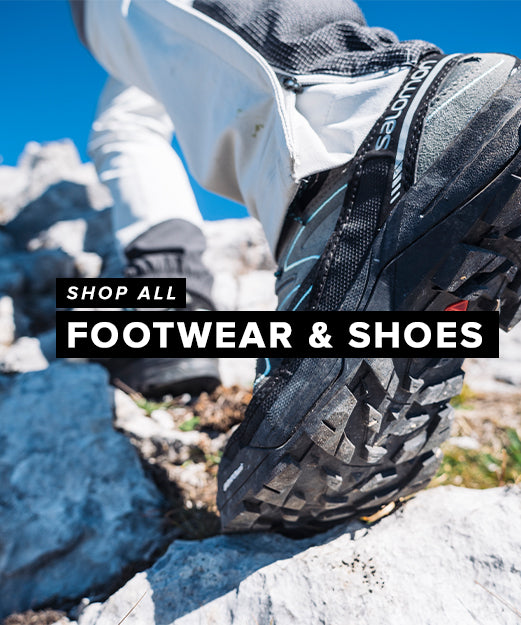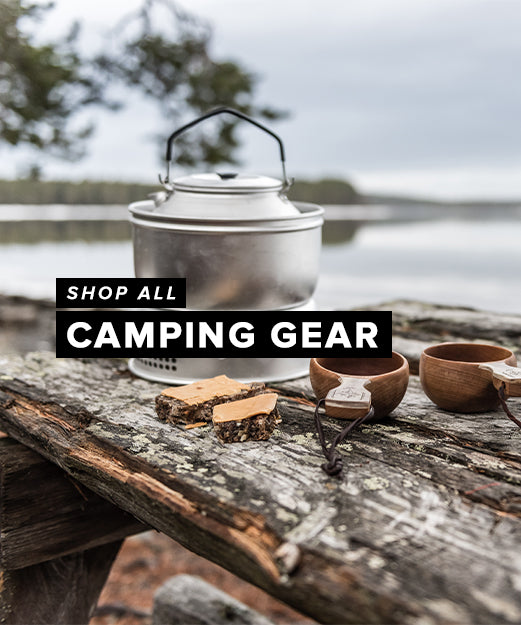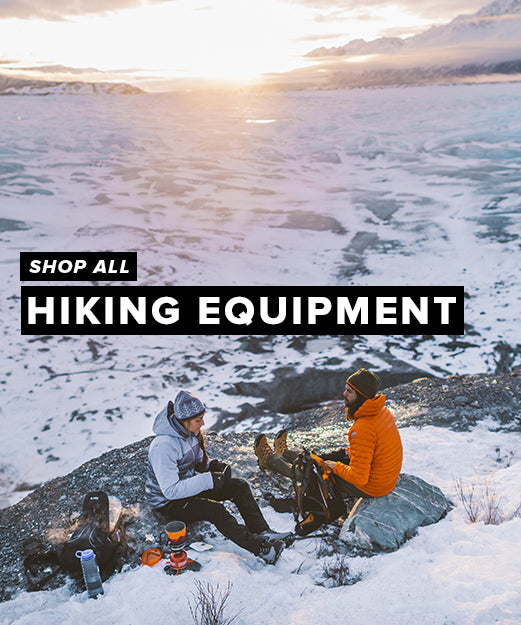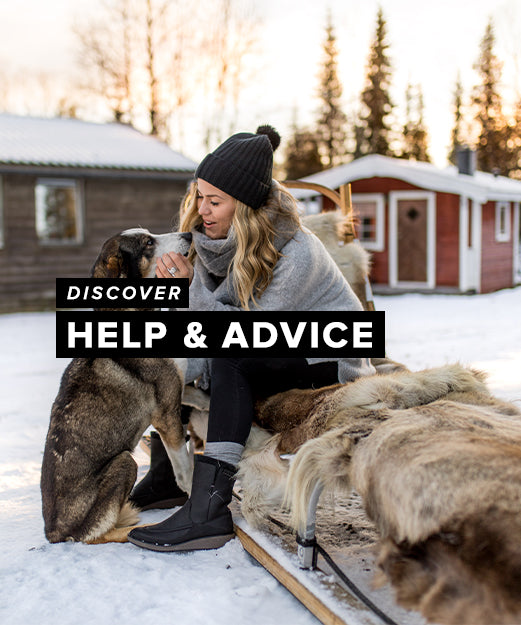 If you are planning a route from scratch then you will want a map. This can be a good old paper map from Ordnance Survey or Harveys, alternatively it could be a piece of mapping software that will allow you to plan your route on your computer and then print off a map. This latter approach makes the process of working out timings considerably easier since it does the whole thing for you.
Working out timings:
When planning and then following your route you need to have an idea of how long its going to take, so that you can be back before dark or at least last orders at the pub.
Naismiths Rule is the traditional way of estimating time and says to allow:
5 km/hr plus 1 minute for every 10 metres of height gained.
You will need to adjust this to suit your fitness as it will be different for everyone but is a good place to start. Conveniently on OS maps 10m is represented by a single contour so you can calculate the time taken to cover your distance and then add a minute per contour.
Remember to allow time for stops to eat, drink and take photos along the way.
If you are planning a route from scratch then you will want a map. This can be a good old paper map from Ordnance Survey or Harveys, alternatively it could be a piece of mapping software that will allow you to plan your route on your computer and then print off a map. This latter approach makes the process of working out timings considerably easier since it does the whole thing for you.
Working out timings:
When planning and then following your route you need to have an idea of how long its going to take, so that you can be back before dark or at least last orders at the pub.
Naismiths Rule is the traditional way of estimating time and says to allow:
5 km/hr plus 1 minute for every 10 metres of height gained.
You will need to adjust this to suit your fitness as it will be different for everyone but is a good place to start. Conveniently on OS maps 10m is represented by a single contour so you can calculate the time taken to cover your distance and then add a minute per contour.
Remember to allow time for stops to eat, drink and take photos along the way.
 Whilst Walking:
When you first get your map out at the car park take the time to “set the map”. This means that you orientate the map to match the surroundings as if the map were the last piece of a jigsaw puzzle that you needed to slot into place.
When I am out on the mountain I have a simple set of questions that I ask myself throughout the day. These are:
Whilst Walking:
When you first get your map out at the car park take the time to “set the map”. This means that you orientate the map to match the surroundings as if the map were the last piece of a jigsaw puzzle that you needed to slot into place.
When I am out on the mountain I have a simple set of questions that I ask myself throughout the day. These are:
1. Where am I now?
- be sure to get this one right when you park or your day will be challenging!
2. Where do I want to go?
- Try and describe 3 things that you will see when you get there to prevent you from making the map fit when you arrive.
3. What will I see along the way?
- break your journey down into some smaller “tick features”and navigate to them one at a time.
4. How long will it take?
- use timings so that if you miss your feature you will know how far out you are
5. What happens if I go too far?
- know what you will see if you walk past your tick feature, we call this a back stop feature
 When do I need a compass?
You don’t need to use a compass on every navigation leg. If you can see clearly where you are going or you have a nice linear feature such as a path or a stream to follow you can leave your compass in your pocket and enjoy the views. If though the visibility is poor and when asking yourself “what will I see along the way”the answer is “nothing”then you can use a compass to create your own linear feature. The compass is used to link two known points and give a direction of travel between them and I will teach you how to do that in next month's blog!
When do I need a compass?
You don’t need to use a compass on every navigation leg. If you can see clearly where you are going or you have a nice linear feature such as a path or a stream to follow you can leave your compass in your pocket and enjoy the views. If though the visibility is poor and when asking yourself “what will I see along the way”the answer is “nothing”then you can use a compass to create your own linear feature. The compass is used to link two known points and give a direction of travel between them and I will teach you how to do that in next month's blog!
 NEW!! Free UK Delivery
NEW!! Free UK Delivery Hassle-Free Returns
Hassle-Free Returns Clearpay
Clearpay









